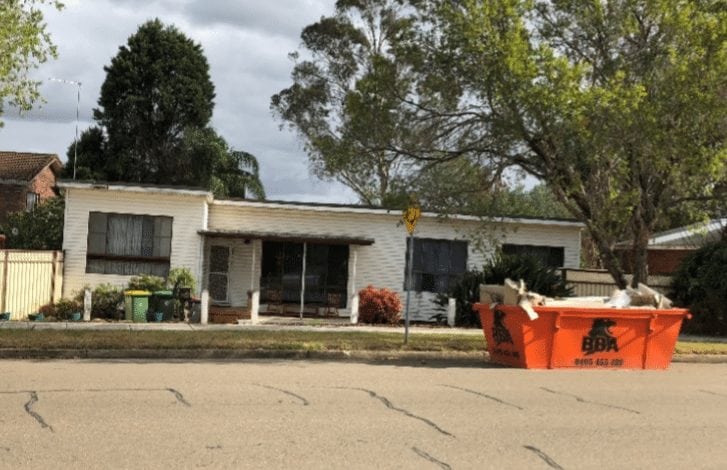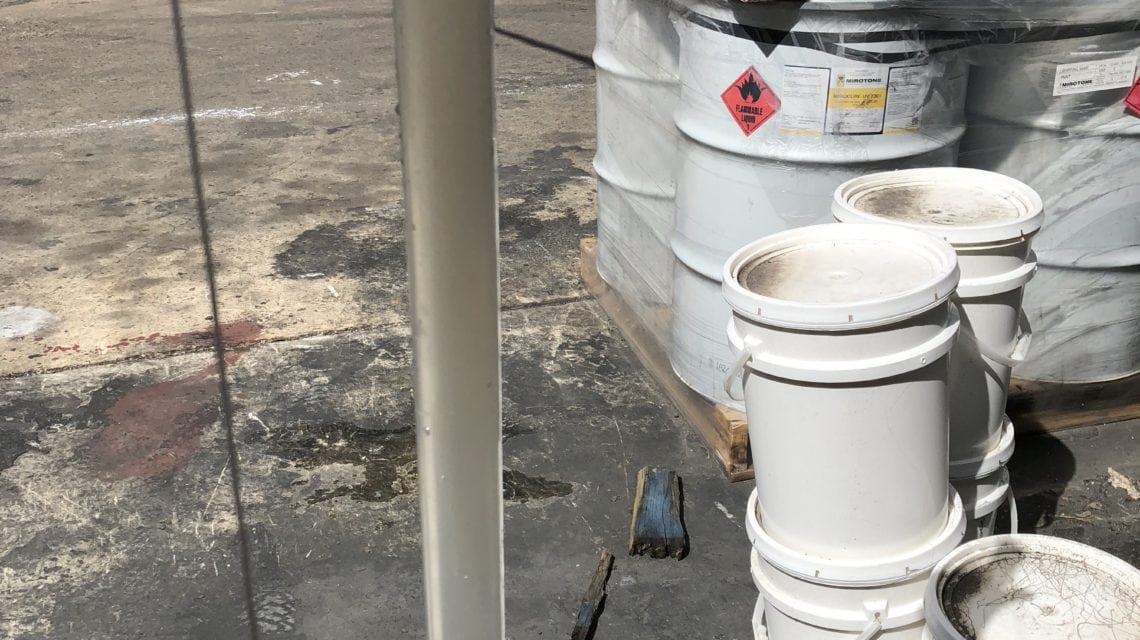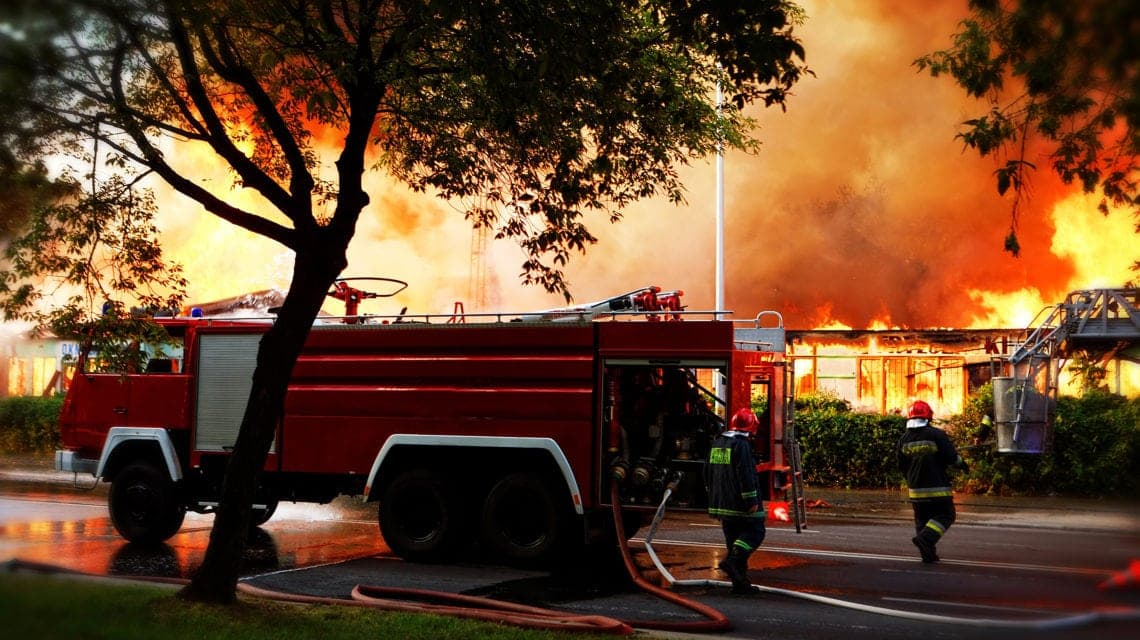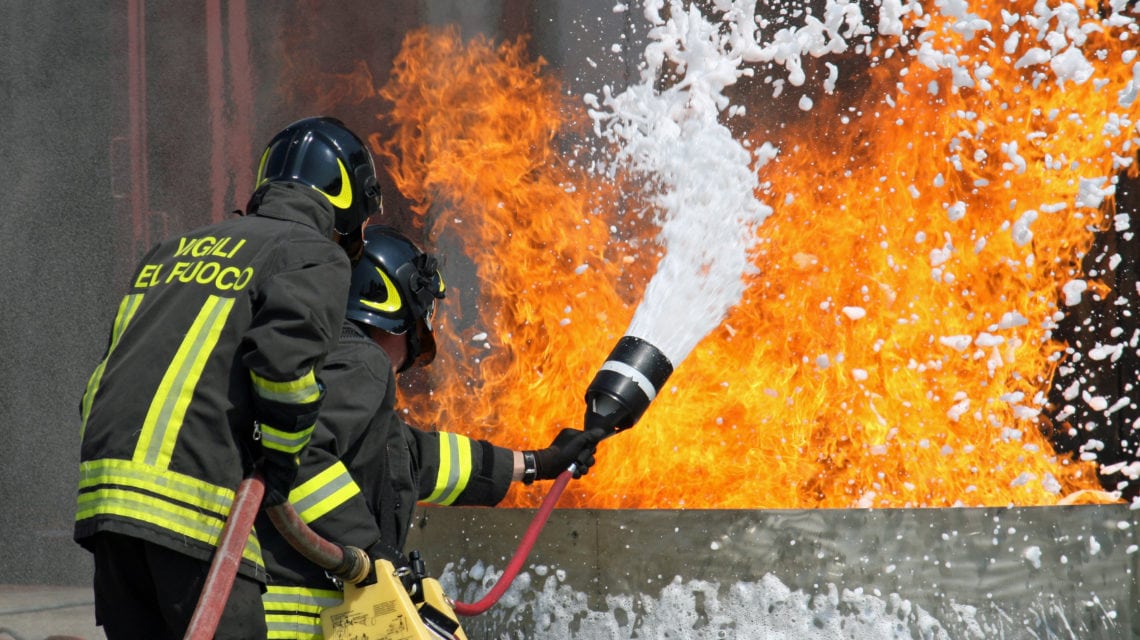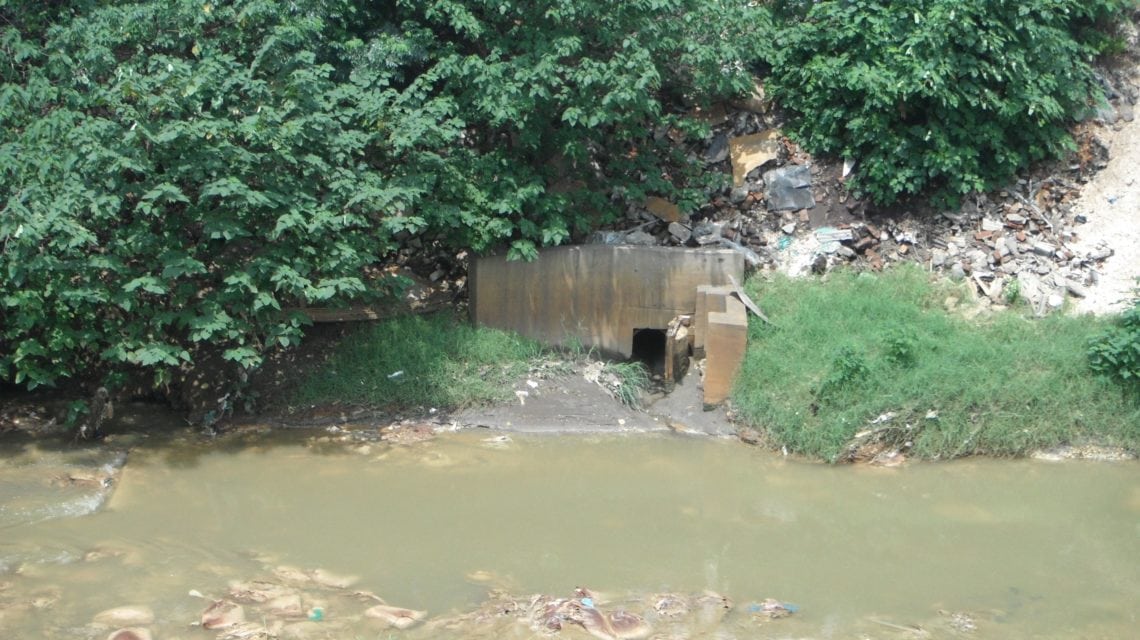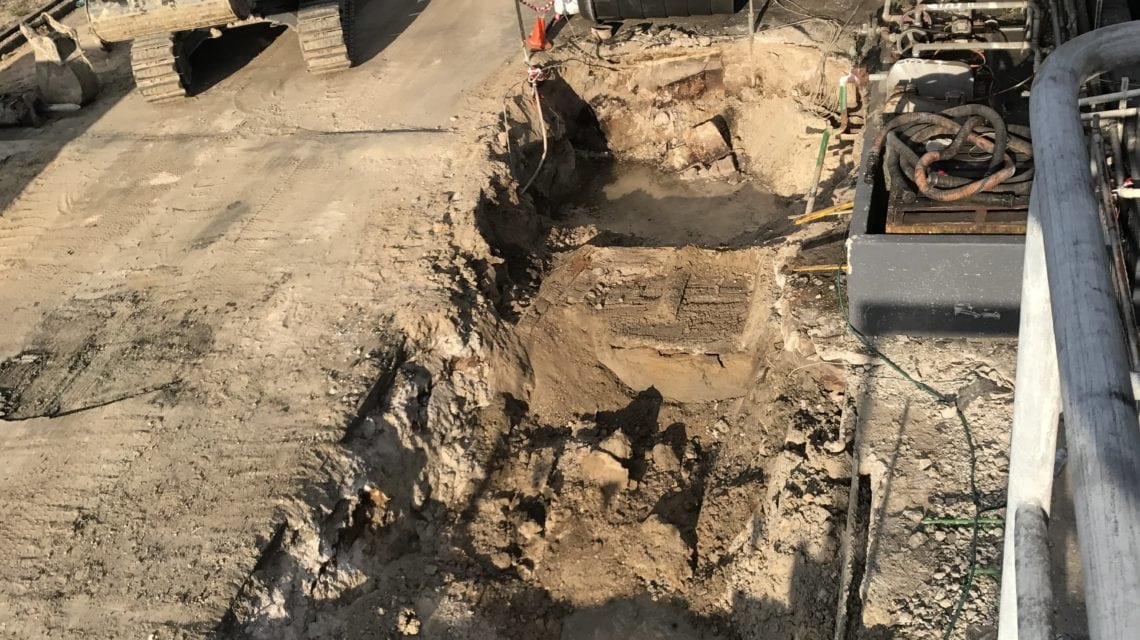
The State Environmental Planning Policy No 55 – Remediation of Land (SEPP 55) and the associated Contaminated Land Planning Guidelines were introduced in 1998 as a framework for the management of contaminated land in NSW. 20 years on, the state planning policy will be replaced by the new Remediation of Land State Environmental Planning Policy
read more
